Photographing Birds: Taking Killer Shots That Are Better Than Bird Watching
Calling all bird lovers! If there’s something even better than just watching birds… it’s photographing them. Think of it, when you go bird watching, you just catch glimpses of birds that you can’t take with you afterwards.
By snapping killer shots of birds, you actually get to save these precious images in perpetuity. We think that’s a much better deal, for sure.
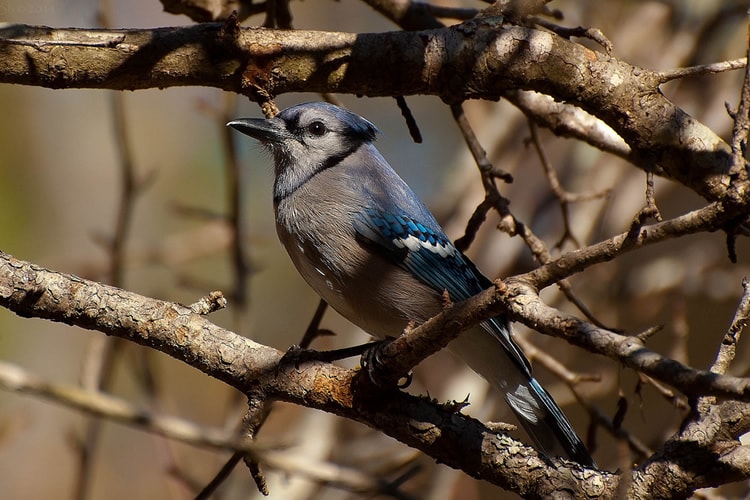
photo by J Labrador
The bonus with bird photography is that it’s also highly enjoyable. You don’t even have to be a bird lover to take advantage of this adventure in photography. All you need is the willingness to take on an interesting, new challenge—and presto. You’re all set to embark on your bird photography adventure.
Here’s how you can get the most out of photographing birds… with killer shots that just leave regular, old bird watching in the dust.
It All Starts With the Background
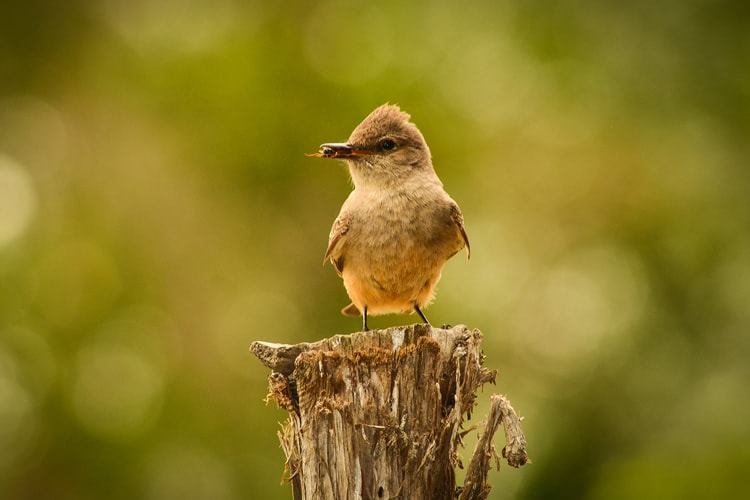
photo by r. nial bradshaw
It makes a world of sense, doesn’t it? You’re taking pictures of birds, presumably while in flight, so the background of your bird photography is elevated to an ultra-important level. In short: Your background can make or break your bird snapshots. If you’ve ever dabbled in photographing birds before and have come up with disappointing results, changes are great that the poor choice and quality of your backgrounds were the culprit.
Using the background properly begins with realizing that you’ll constantly view the world differently than your camera. That’s just the way it is. In other words, you’ve basically been conditioned to view the world through a filter: Your brain only concentrates on letting you see the stimuli that’s really relevant to you while filtering out all the other, inessential items. The camera works just in the opposite way.
So while you’ll focus on the majesty of the bird when shooting, you’ll also be predisposed to ignoring all of the unattractive elements in the background—which your camera will, of course, pick up. Fight the urge to ignore the background by consciously evaluating whether it’s clean (as in free of distractions) or has some interesting elements in it that can complement your bird.
Your Legs Are Important
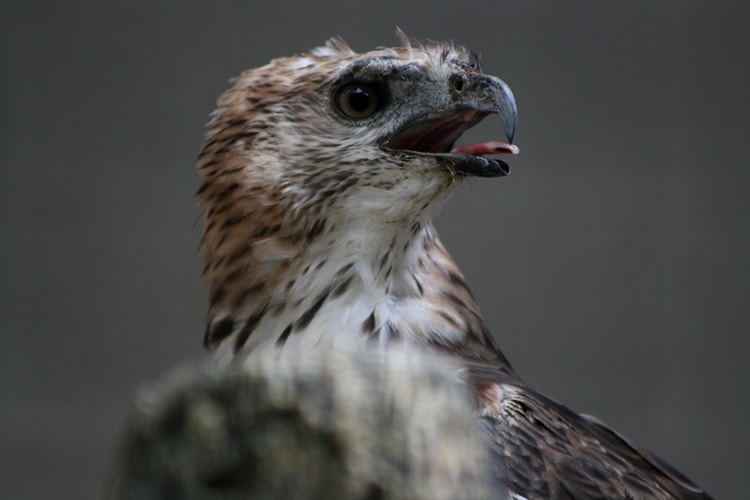
photo by Phalinn Ooi
You may think that legs don’t matter when it comes to photography of any sort, but that’s a huge oversight. Think twice about that. Sure, when you see a nice bird and what you think is a nice shot, you have the tendency to try to shoot it immediately. At that moment, you generally don’t think about having to move around.
However, consider this: To get that nice shot of the background, you probably will have to move around anyway… whether you’re consciously aware of it or not. When moving around to get the perfect background for your bird shot, keep in mind that you don’t even have to move very much or far. Oftentimes, walking only a few feet forward, backward or to the sides will give helpful results.
Patience… You Gotta Have It
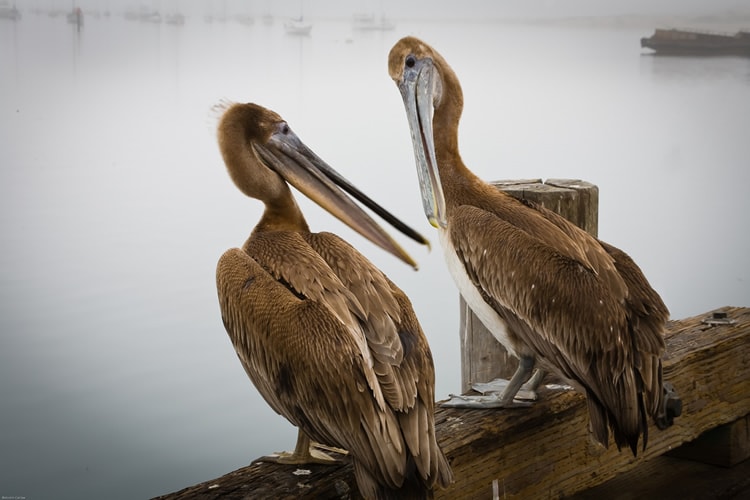
photo by Malcolm Carlaw
It’s been repeated so many times that it’s likely a cliché by now, but it applies in full force to bird photography: Patience is a virtue. When you’re trying to get the ideal shot of that specific bird, it won’t usually cooperate right away. So you have to bide your time until it poses for you in just the right way, whether that’s in flight or sitting on a tree branch.
This ultimately brings about the question of, how long should you spend with a particular bird in order to get the right shot? While that’s ultimately a personal judgment call, some enthusiastic bird photographers have no problem spending hours following the same bird. Doing that won’t just instill a sense of patience, but a broader sense of falling in love with nature.
Exploit Depth of Field
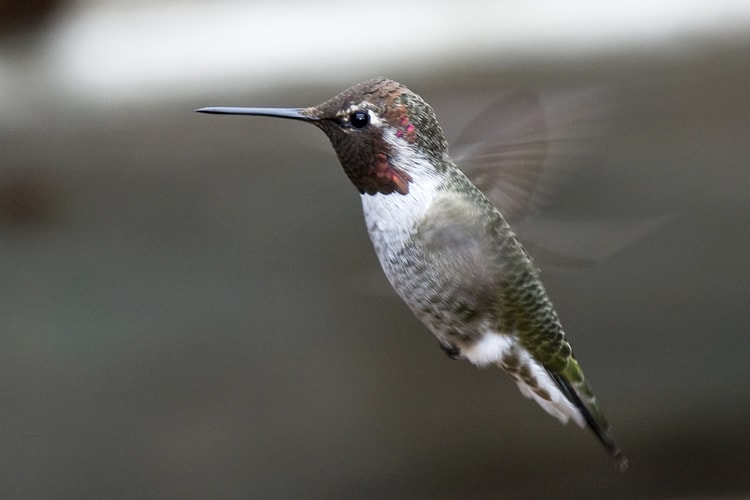
photo by Kevin Cole
Depth of field is key when it comes to making your bird pictures really stand out from the crowd. Exploiting depth of field when photographing birds empowers photographers to do two things well:
- Isolating the subject from the background by way of shallow depth of field.
- Making the subject and its background both equally important due to deep depth of field.
To make the bird stand out in your frame, consider utilizing bigger apertures such as f/2.8, f/4 and f/5.6 to produce an aesthetically pleasing bokeh effect. That’s only if the background you’re working with doesn’t already show something interesting about the habitat of the bird.
If, on the other hand, you judge that the background does provide interesting information about the bird’s habitat to the viewer, then go with a smaller aperture, something such as f/8 and f/11.
Filling up the Frame

photo by Mark A Coleman
One of the neatest ways of shooting a bird is by filling up the frame with the bird. If you notice, a lot of bird photographs fill up the frame with the bird because it offers a myriad of benefits to the viewer.
For starters, it just makes sense to do so because you’re wanting to highlight the bird, which is the star of your shots.
Second of all, you’re going to literally lose the bird in your shot if it doesn’t occupy a good portion of your frame. There are two exceptions to this:
- If it’s in its own habitat.
- If there’s a directional light showcasing it more than any other element in the frame.
Finally, by filling up the frame with your bird, you get to elude the problem of any distractions appearing in the background. Since distractions can appear with great likelihood in the background, it’s definitely advisable to make the bird take up as much room as possible in the frame.
Not Just for Bird Lovers
Photographing birds shouldn’t just be for bird lovers although we can see why bird lovers could be more enthusiastic about bird photography, initially, than anyone else. However, when you see how majestic certain birds can be—whether in flight or just posing on a rock or tree branch – you’ll find it difficult not to snap away to your heart’s content.
Taking shots of birds is challenging and enjoyable. If you’ve never done it before, then, by all means, give it a try to get out of that comfort zone of yours! You’ll try something new, see if you like it or not, and, best of all, surround yourself with nature, clean air and cool-looking birds. What’s not to like?
